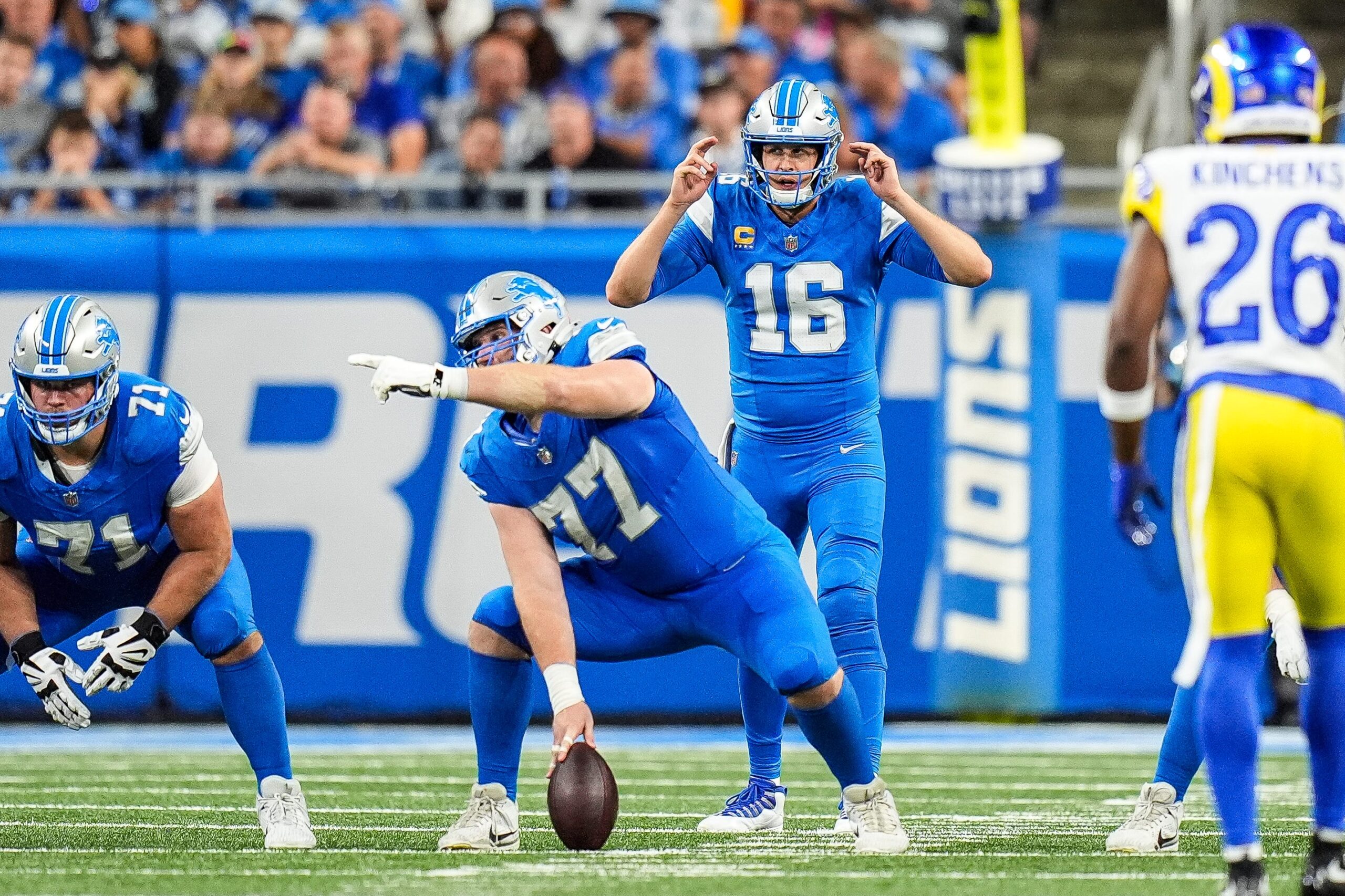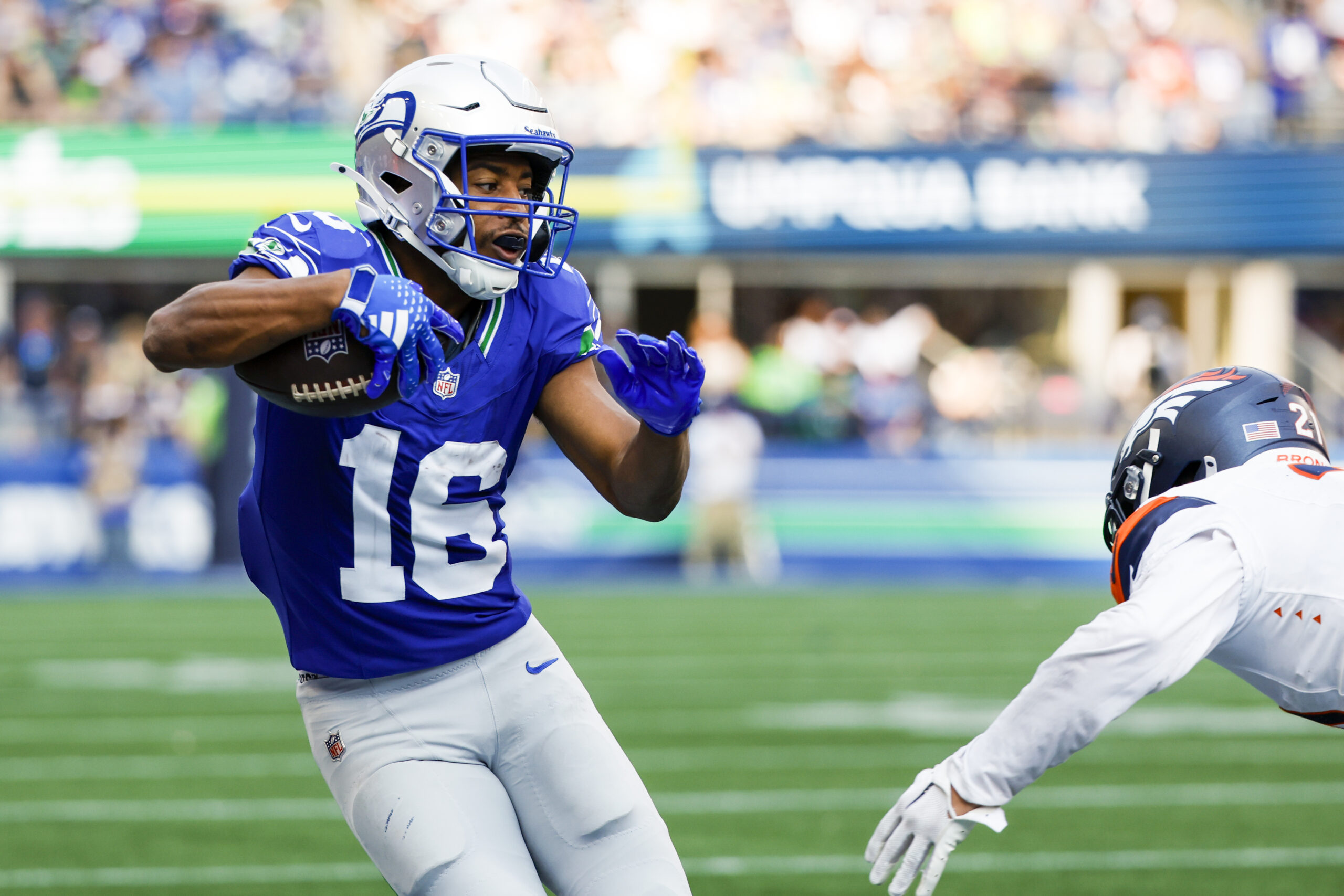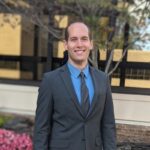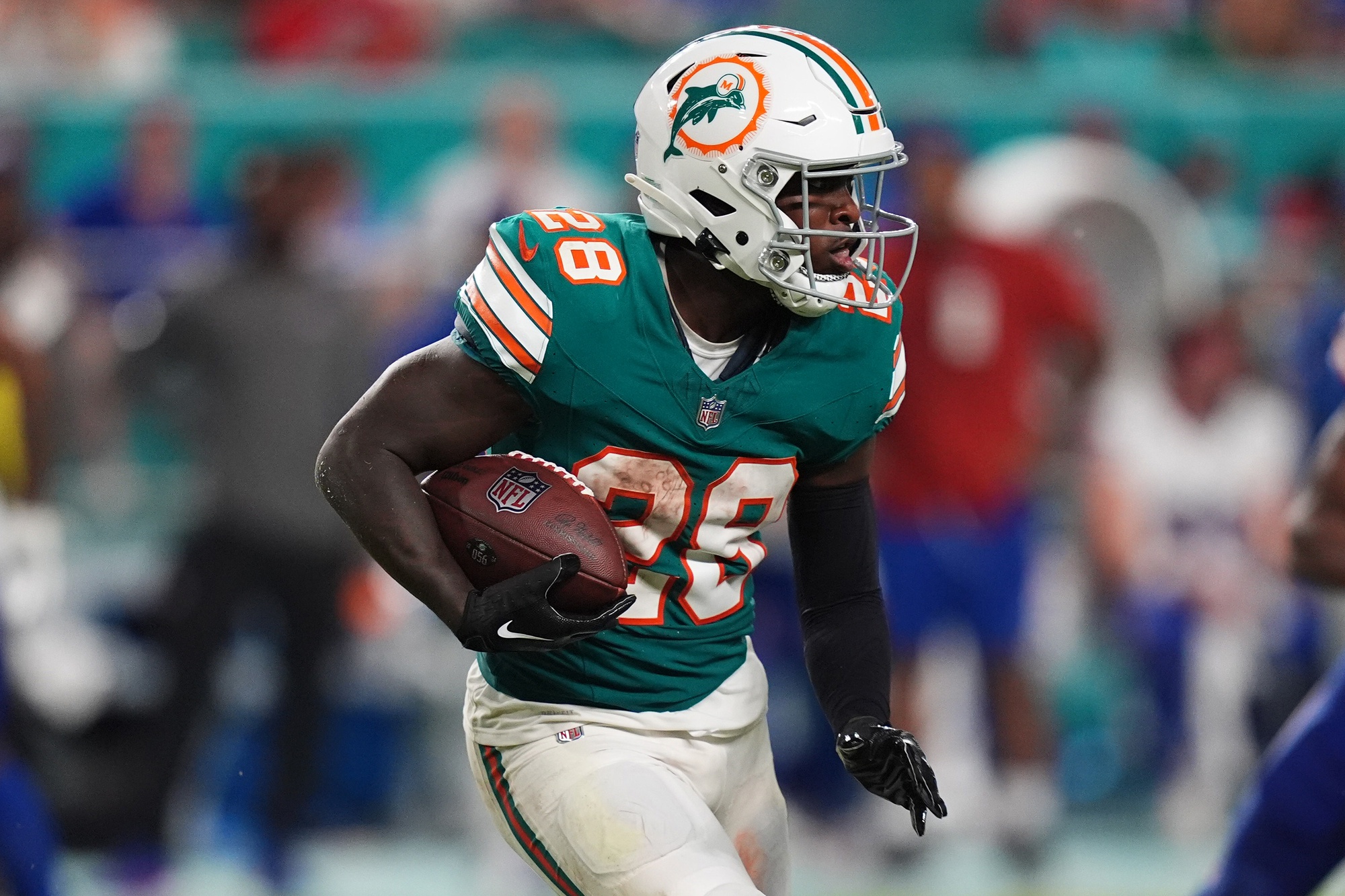NFL Analysis
10/18/24
7 min read
Building NFL's Perfect Center for Modern Offenses

As the NFL marches toward a new era of interior defensive linemen, the game is primed for the next iteration of the NFL center.
The evolution of interior defensive linemen — led by players like Dexter Lawrence, Chris Jones, Quinnen Williams, Derrick Brown, and Christian Wilkins — has led to the question: What type of player is best suited to matchup against these defenders?
I don’t believe the answer is found in the traits of a single player but in a composite of players. With regard to the adage, “success leaves clues,” an effective strategy in building the modern-day center is to take a walk through history.
When building the perfect center, stops need to be made on the NFL timeline, and each stop recalls a specific trait held by an NFL legend.
I’ve identified the vital traits of the ideal center and a corresponding NFL legend who best represents each trait. It may never be possible to build the perfect player, but past talent certainly can provide a blueprint for qualities necessary in today’s game.
The combination of these traits will be the culmination of the best representation of an elite modern-day center.
>> READ MORE: Why Centers Are More Important Than Ever
Building NFL's Perfect Center
Strength - Dwight Stephenson
Stephenson once listed his hobby as “weightlifting,” which is unsurprising given that he prioritized strength training in his Hall of Fame career.
What’s misunderstood is the idea of what constitutes strength. There have been players who could lift more weight than Stephenson, but only a handful could translate strength into an expression of force the way he did.
A strong center can play “fluidly rigid,” allowing him to receive force from an opponent, stiffen himself, and then, at the right time, leverage his body into a posture of strength. This constant seesaw of muscles and joints wears defenders out by turning leverage into strength.
Hall of Fame defensive tackle Joe Klecko of the Jets played against Stephenson twice a year.
“Dwight made fools of people who made mistakes,” Klecko said. “You knew he would destroy you. If you messed up, it just happened faster.”
This is where the magic happens with strong centers. There’s a small window at the point of contact where nearly every defender makes a mistake. The strongest centers can exploit that timing and create movement in the run game, stop a bull rush, or wreak havoc on blitzing linebackers.
Honorable Mention: Mike Webster
Range – Dermontti Dawson
Dawson revolutionized the center position. Former Steelers offensive line coach Kevin Stephenson put it this way:
“I’ve never coached a center like him. I’ve never had anyone who could run like him or do the things he can do. He allows us to be more flexible in our offense because we can pull him on sweeps and do things a little bit differently than other teams.”
A center’s range is dependent upon his ability to play at the second level and on the perimeter. The depth of this quality is largely dependent upon the style of offense the player is within. A center with elite range is a must-have in a zone scheme but not a deal breaker for a gap-scheme offense.
Considering the NFL is leaning back toward more powerful ground attacks, having a center who can play at least at linebacker level is a prerequisite, regardless of the offense.
The added benefit of identifying a center with great range is you’ll usually find a player with good hips. Generally, rangy players aren’t stiff, can anchor, play with pop, and aren’t on the ground a lot.
Honorable Mention: Jason Kelce

Power – Andre Gurode
Gurode is one of the most unheralded centers in NFL history. Even though he was named to five consecutive pro bowls from 2006 to 2010, it wasn’t clear Gurode had cemented himself as one of the premier centers of his era until 2011, when he was named to the NFL’s top 100 players (57th).
“There’s a lot of good centers in our league, and there are some great centers in our league,” longtime NFL offensive line coach Tony Sparano said. “One of the things with Andre that puts him in that great center class is his ability to play with power.”
Powerful centers can convert maximal strength into dynamic skill in the shortest amount of time relative to their peer group — the net result is the ability to play through opponents and not merely to opponents.
Honorable Mention: Jeremy Newberry
Leadership – Olin Kreutz
Kreutz was one of the fiercest competitors to wear an NFL uniform. But it wasn’t solely his unique personal drive that made him special. It was his ability to drive others into expecting more from themselves, in turn impacting the locker room, management, and the city of Chicago.
“I’ve probably never been around a better leader than Olin,” said Mike Tice, a player or coach for 35 years. “He was a man’s man. It was how he led by how he prepared, how he practiced, how he studied.”
A true center is the torchbearer of excellence for a team.
Honorable Mention: Maurkice Pouncey

Position Versatility – Mark Stepnoski
Stepnoski was a key factor in the greatest NFL offensive line ever assembled, the Cowboy’s Great Wall of Dallas.
Named five times to the Pro Bowl, Stepnoski seems an unlikely candidate to engineer a historically dominant unit, considering he was a standout guard as a four-year starter at Pitt. As a guard, Stepnoski was an Outland Trophy Finalist and consensus All-America. He didn’t move to center until he got to Dallas.
“Step took notes like a chemistry major,” said Cowboys line coach Tony Wise. “He had great strength for his size and played with such great leverage. Everything was inside – his hands were inside, his feet were inside. He was just so efficient when he was locked up with a bigger man. The Packers would move Reggie (White) to nose in Bear (defense) … and I’ve got some film clips of Step blocking him.”
A guard who possesses the traits of a center is more likely to transition into an elite center. Playing guard teaches linemen how to play with more space between them and the opponent.
Playing guard is a masterclass in developing technical efficiency that can be transferred to center. Timing, rhythm, angles, awareness, and footwork are vital for guards, which helps a player transition to center, where there is less space.
Honorable Mention: Wally Williams
Football IQ – Alex Mack
Mack elevated the image of a cerebral center because he was a great athlete and played hard. He wasn’t a physically limited player, but he had the smarts and guile needed for the position. Mack moved the needle on the physical and mental expectations of playing center.
“He’s a tremendously smart, bright kid,” Mack’s offensive line coach at Cal, Jim Michalczik, said. “The big thing with him was learning the game of football more than just, ‘What do I have to do?’ Alex doesn’t want to know what he has to do, but what everyone has to do and how it affects the defense.”
All great centers have a deep curiosity to learn, with football IQ directly tied to their ability to lead. If the center doesn’t have an intellectual command of the game, he won’t command the respect of his peers.
Honorable Mention: Rodney Hudson








